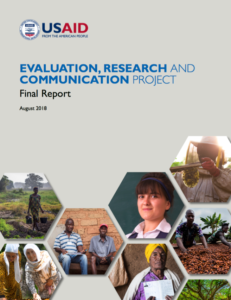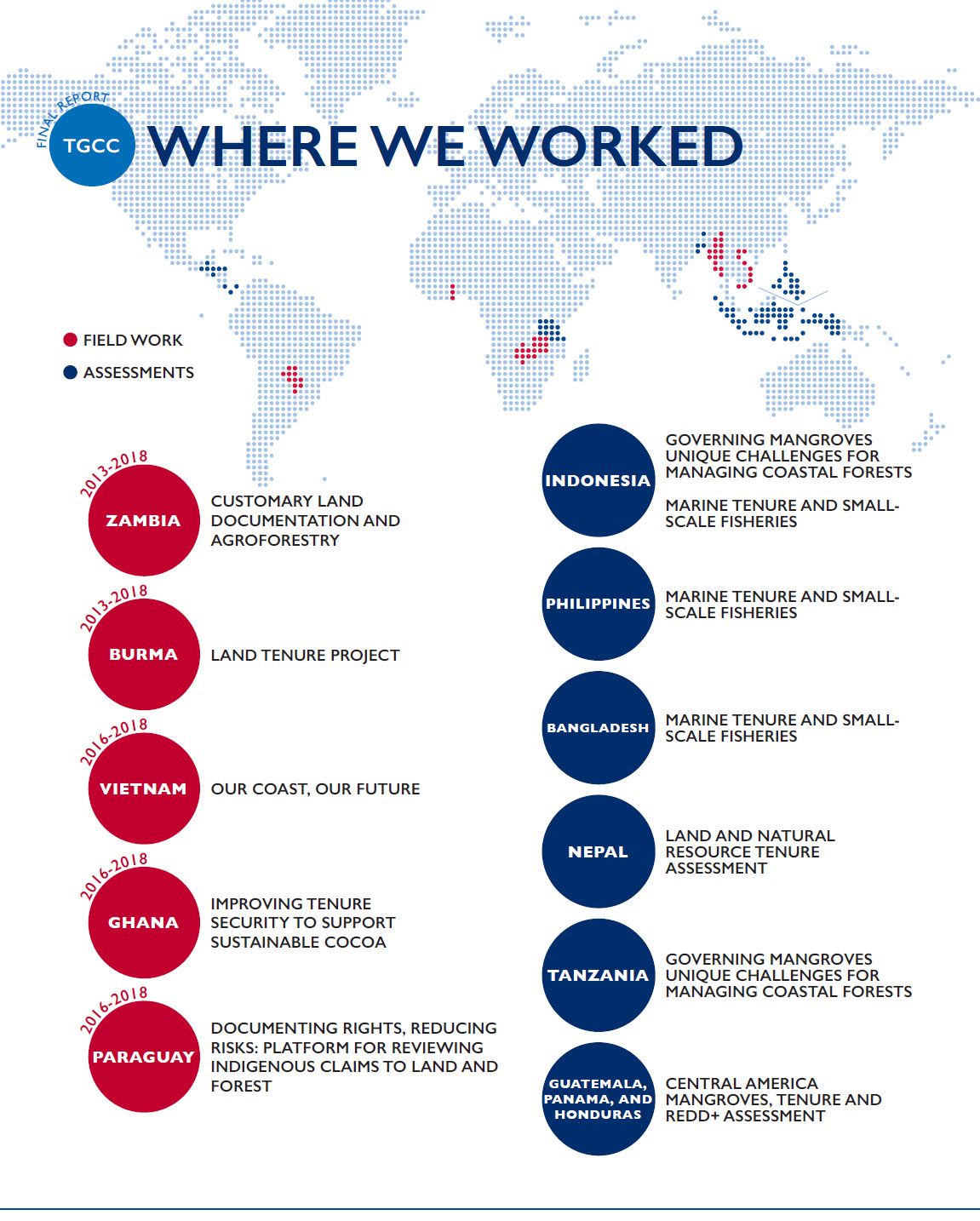Introduction
In April 2017, Resonance (SSG Advisors LLC) was awarded the USAID Land Technology Solutions (LTS) project, the purpose of which is to improve land and resources governance and strengthen property rights for all members of society in developing countries through the use of mobile technology. By improving, testing, and scaling USAID’s Mobile Applications to Secure Tenure (MAST), the LTS Project will enable host-country stakeholders to document land rights cheaply, quickly, and efficiently.
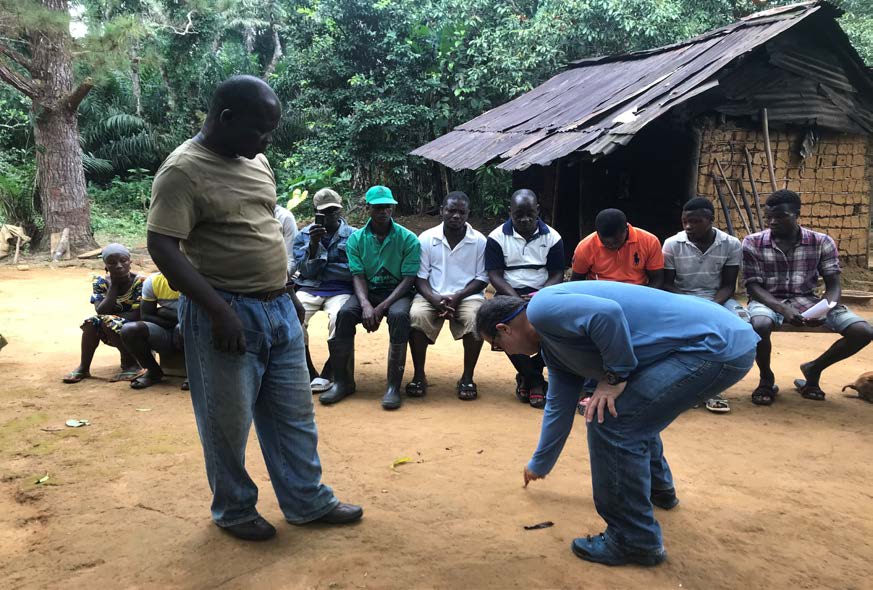 LTS is envisioned to promote MAST as a scalable, worldwide, “fit-for-purpose” land technology framework and delivery mechanism to make it easier, cheaper, and faster to map and document land rights, and to learn critical information about land and its productivity potential. This knowledge will empower communities to better manage land resources, and make smarter decisions about their land, leading to more productive land-based investments, improved livelihoods, good governance, increased gender equity in access to and control over land, and helping achieve USAID development objectives worldwide.
LTS is envisioned to promote MAST as a scalable, worldwide, “fit-for-purpose” land technology framework and delivery mechanism to make it easier, cheaper, and faster to map and document land rights, and to learn critical information about land and its productivity potential. This knowledge will empower communities to better manage land resources, and make smarter decisions about their land, leading to more productive land-based investments, improved livelihoods, good governance, increased gender equity in access to and control over land, and helping achieve USAID development objectives worldwide.
LTS enables USAID missions to address sustainable investments in land by documenting and clarifying land rights and resources and linking with other information and applications to support decision making across a mission portfolio. Under LTS, MAST is implemented in selected countries to:
- Provide a cost-effective, customizable (“fit-for-purpose”) community-based technology framework within sustainable local systems to map and document land rights, and to clarify and secure land-based resources under different tenure regimes.
- Facilitate the uptake of “fit-for-purpose” mobile applications at the Mission and host country levels.
- Empower communities, especially women, with information and documentation needed to secure land rights, reduce gender equality gaps in land security, and to plan investments in land.
- Provide evidence to inform USAID programming in food security, environment, democracy and governance.
- Develop a set of tools and resources for USAID and host-country counterparts to determine the applicability of MAST in the local context, the local sustainability of its implementation, and feasibility, and support operations with analytical tools and communications guidelines.
Resonance, and its subcontractors Tetra Tech and Green Advocates, implement work under USAID Contract No. AID-OAA-C-17-00056. This is the second Annual Report summarizing activities and tasks completed during the project’s first year – from April 1, 2018 through August 31, 2019. Project activities have been extended through August 31, 2019 through a no-cost extension mechanism.
Background
Globally, an estimated 70 percent of land in developing countries is not documented. Land documentation provides people secure land rights and information about their land resources, and without it, people’s ability to make informed socio-economic decisions or long-term, sustainable investments in land suffers. This problem disproportionately affects women, who are globally less likely to own or control land than men. Illustrating this, women’s rate of ownership of agricultural land is significantly lower than their participation in agricultural production in developing countries.
Although many countries have made large investments in reforming their land information and management system, this problem persists. Land documentation remains unattainable for many due to the complexity, length, and expense of the documentation process. Beyond individual households, the ability to document and manage land information is critical to local governments and donors interested in supporting sustainable community development. Without access to secure tenure and information about available land resources, the development potential of land —the greatest asset available to many communities—goes unrealized.
In response to these challenges, USAID developed the Mobile Application to Secure Tenure (MAST), a participatory mapping approach that leverages a suite of low-cost, open-source tools that can be used to document land rights using mobile devices. Individuals and communities can use these tools to secure rights to land and natural resources within customary, indigenous, and statutory tenure regimes.
Building on the successful implementation of MAST in Tanzania, Zambia, and Burkina Faso, USAID designed LTS to update the MAST technology to be more flexible, adaptable, and user friendly, and to pilot new approaches for its implementation. USAID LTS was also designed to provide support to the USAID/E3 Land Office by developing high-quality communications materials and supporting USAID messaging to ensure USAID Missions and host-country stakeholders had sufficient information to deploy MAST. Ultimately, new pilots were launched in Burkina Faso and Liberia though USAID LTS.
Burkina Faso
MAST was first implemented in Burkina Faso prior to the beginning of LTS as a way to address land insecurity and increase resilience of rural communities to economic and climate shocks as a part of USAID’s Resilience In the Sahel Enhanced (RISE) portfolio. Communities in the RISE zone in Burkina Faso make a living primarily through agriculture, livestock, and forestry on small family farms. Improvements in land tenure and security could significantly enhance progress toward USAID and Burkina Faso’s development objectives. MAST was seen as a potential means to improve the efficiency and reduce the cost of documenting lands to achieve secure tenure, and was piloted through a partnership between USAID’s Evaluation Research and Communication (ERC) project and the local NGO Observatoire National du Foncier au Burkina Faso (ONF-BF) in the commune of Boudry.
Following the success of the initial launch of MAST in Boudry, USAID ERC and ONF-BF sought to scale up MAST across additional communes in the RISE zone of intervention through collaboration with USAID’s Resilience and Economic Growth in the Sahel- Enhanced Resilience (REGIS-ER) project, which operated in an additional five communes. However, local governments in the RISE zone have limited or no capabilities to implement formal land programs, and customary land tenure patterns are more prevalent than in Boudry. Implementation in the RISE zone required additional capacity building and technical training of local communities and land administration units. In partnership with USAID ERC and REGIS-ER, LTS provided technical support, guidance, and training to ONF-BF and REGIS-ER staff on MAST technology and implementation, as well as monitoring, data collection, and analysis. LTS managed the customization of MAST to the Burkinabe context and provided training on the use of new software modules.
Liberia
USAID Liberia has invested significant resources supporting Liberia’s community forests under a series of projects (LRCFP, PROPSER, and currently FIFES and indirectly through LGSA). However, the process to establish community forests in Liberia, outlined in the Community Rights Law of 2009, involves a comprehensive, lengthy process to identify, demarcate, and map community forest resources, establish community governance institutions, and to develop a community forest management plan. The LTS pilot in Liberia proposed a new use-case for MAST to improve and streamline the process to establish community forest using MAST’s flexible, scalable and sustainable approach. The pilot sought to test MAST as a means of documenting and building an understanding among beneficiaries of community lands and forest resources for the development of a holistic Community Forest Management Plan (CFMP) to be used in forest management and monitoring.
At the pilot outset, LTS coordinated an assessment trip with Mission staff and USAID FIFES in order to investigate the feasibility of the suggested approach. With these partners, LTS developed an implementation plan for adapting the MAST technology and approach to support forest mapping and demarcation, forest zoning, monitoring and inventory of forest resources around the Blei Community Forest in Nimba County. Working through local partner Green Advocates, LTS engaged seven of the total forty forest communities surrounding Blei Community forest and executed a three-phase pilot. Phases including Forest Resource Mapping and Monitoring, Wider Landscape Resource Consolidation and Mapping, and Development of a Community Forest Management Plan. The pilot demonstrated a new model for community forestry programming based on the MAST approach and technology, with a particular emphasis on community-level engagement.
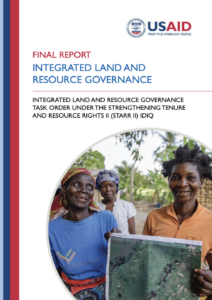 The United States Agency for International Development (USAID) Integrated Land and Resource Governance (ILRG) program, a five year (2018-2023) global mechanism, worked with government, private sector, nongovernmental organizations (NGOs), civil society, and community members to strengthen community-based land and natural resource management and advance land-based economic opportunities. Working through a buy-in based approach, with funding from various Washington Operating Units (OUs) and Missions, the geographic and activity scope evolved over time, beginning with initial tasks in Zambia and Mozambique and expanding to field level implementation in Ghana, India, Liberia, Madagascar, and Malawi, as well as research engagements in Colombia, Peru, Democratic Republic of the Congo (DRC), and Indonesia. While country level activities varied, ILRG’s global portfolio largely centered around six key themes, often with multiple themes present in each country.
The United States Agency for International Development (USAID) Integrated Land and Resource Governance (ILRG) program, a five year (2018-2023) global mechanism, worked with government, private sector, nongovernmental organizations (NGOs), civil society, and community members to strengthen community-based land and natural resource management and advance land-based economic opportunities. Working through a buy-in based approach, with funding from various Washington Operating Units (OUs) and Missions, the geographic and activity scope evolved over time, beginning with initial tasks in Zambia and Mozambique and expanding to field level implementation in Ghana, India, Liberia, Madagascar, and Malawi, as well as research engagements in Colombia, Peru, Democratic Republic of the Congo (DRC), and Indonesia. While country level activities varied, ILRG’s global portfolio largely centered around six key themes, often with multiple themes present in each country.

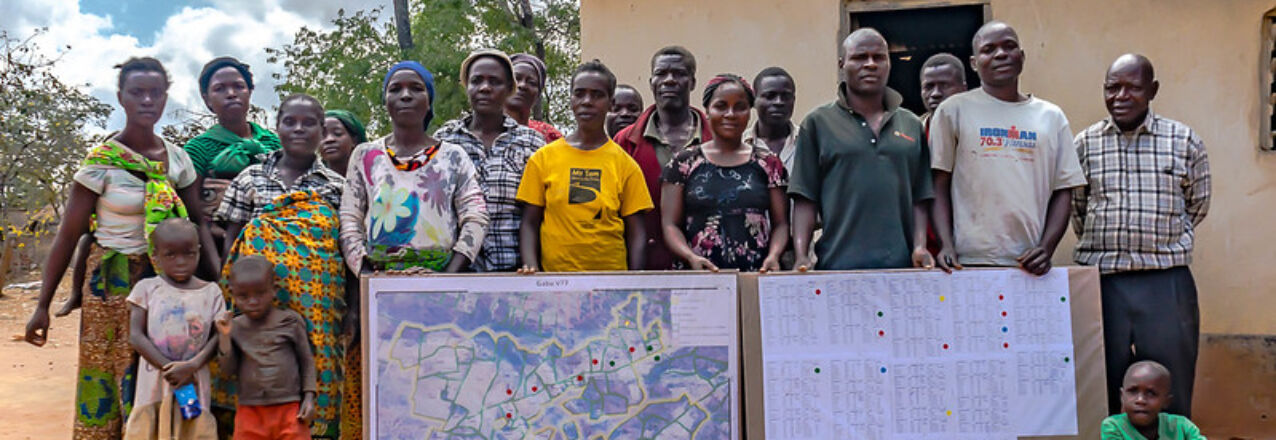
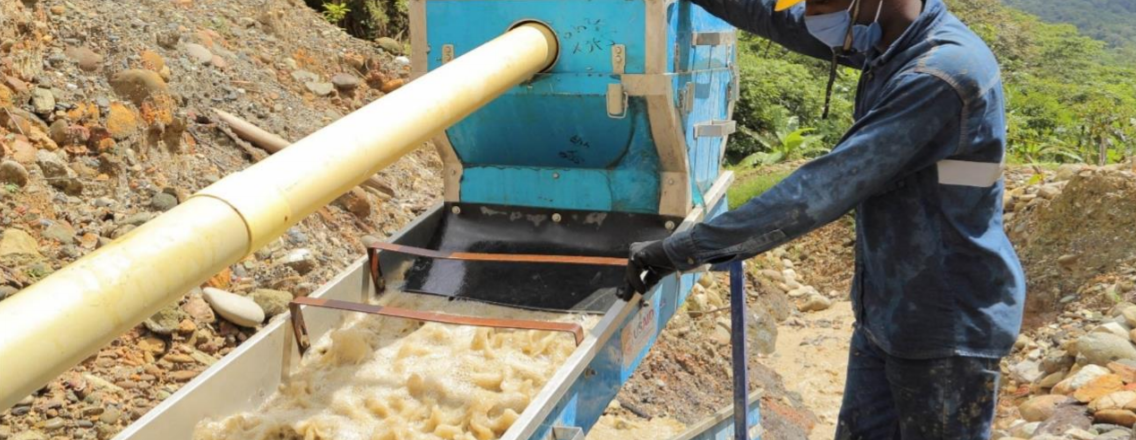
 LTS is envisioned to promote MAST as a scalable, worldwide, “fit-for-purpose” land technology framework and delivery mechanism to make it easier, cheaper, and faster to map and document land rights, and to learn critical information about land and its productivity potential. This knowledge will empower communities to better manage land resources, and make smarter decisions about their land, leading to more productive land-based investments, improved livelihoods, good governance, increased gender equity in access to and control over land, and helping achieve USAID development objectives worldwide.
LTS is envisioned to promote MAST as a scalable, worldwide, “fit-for-purpose” land technology framework and delivery mechanism to make it easier, cheaper, and faster to map and document land rights, and to learn critical information about land and its productivity potential. This knowledge will empower communities to better manage land resources, and make smarter decisions about their land, leading to more productive land-based investments, improved livelihoods, good governance, increased gender equity in access to and control over land, and helping achieve USAID development objectives worldwide.